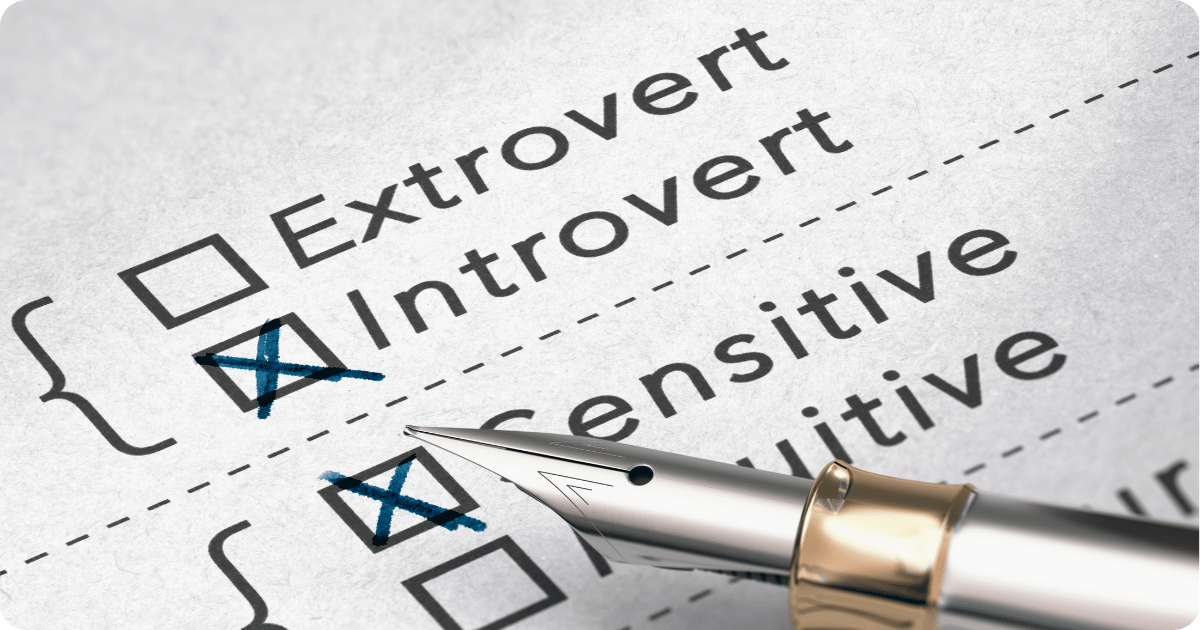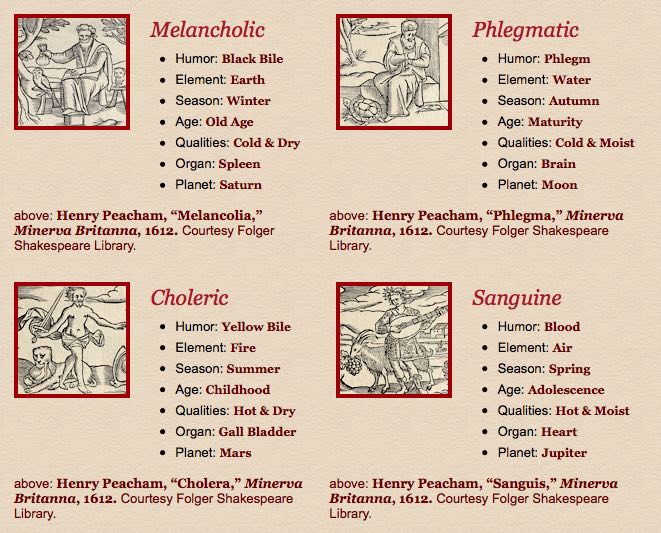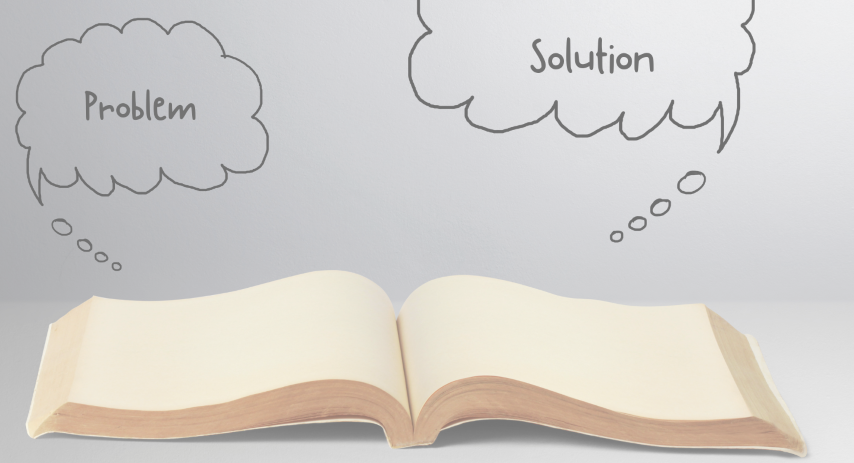
Personality in a Nutshell

Personality in a Nutshell
Personality and the Quest for Self Knowledge
The giants who’ve devoted their life to understanding human behaviour are many. Their labels give us a starting point as we understand the history behind personality and how humans absorb, process and respond to energy. Let’s begin at the beginning.
Know Thy Self – ‘Cause You’re Awesome!
Man has been trying to understand himself from the time he became conscious of his existence. You understand who you are – in relation to who you are not. You’re not me. You’re you. When you understand this, you begin to wonder, hmmmm Who Am I?
Early man pondered this and so did you as a baby. One day you looked up from the crib and realized “I’m not my mother”. (You probably still catch yourself saying that :)
A Short History Lesson of the Quest for Self Knowledge
3 Greek Philosophers
– Hippocrates (460 BCE to 320 BCE)
– Aristotle (384 BCE to 322 BCE)
– Galen (131-201 CE)
Together, they developed concepts to explain the behaviour of all creation.
They used the 4 elements, 4 qualities and 4 humors to drive the point home.
Shakespeare used these same Universal concepts in 4 of his famous plays.
– The Four Humors
– Taming of The Shrew
– Hamlet
– Merchant of Venice
Carl Gustav Jung (psychiatrist, astrologer, mythologist) expanded on these theories.
He did this by focusing on 4 basic psychological functions.
1. Extroversion vs. Introversion
2. Sensation vs. Intuition
3. Thinking vs. Feeling
4. Judging vs. Perceiving
MBTI (Myers Briggs Type Inventory)
Meet Katherine Briggs and Isabel Briggs Myers. They are the mother/daughter team who developed MBTI, better known as Myers-Briggs. Their model further categorized people in to 16 possible personality types.
True Colours, Personality Dimensions, and the Enneagram are newer models of personality typology.
Ultimately, all these concepts try to explain how humans
1. Absorb Information (energy)
2. Process Information (energy)
3. Respond to Information (energy)
Thanks Carl! You Made Personality Typology Fun and Easy
Remember Carl Jung’s 4 basic psychological functions. We’ll go a little deeper in to what he was getting at with this simple summary. (You can ponder the questions for yourself as you read along.)
1. Extroversion vs. Introversion (E vs I)
This relates to how you gain energy. We all feel depleted at times. After a hard day, how do you recharge your batteries? Do you
A. Get together with friends to recharge
B. Spend time alone to recharge
If you answered A, you are likely an E (Extrovert)
If you answered B, you are likely an I (Introvert)
2. Sensing vs. Intuition (S vs N)
This relates to how you take in information. Do you
A. Primarily use your intuition
B. Primarily use reasoning
If you answered A, you are likely an N (Intuition)
If you answered B, you are likely an S (Sensing)
3. Thinking vs. Feeling (T vs F)
This relates to how you make decisions. Do you
A. Use logic and data
B. Use compassion and focus on the effect your decision will have on people
If you answered A, you are likely a T (Thinking)
If you answered B, you are likely an F (Feeling)
4. Judging vs. Perceiving (J vs P)
This relates to how you get things done in your life. Do you
A. Make structured plans and follow through
B. Remain flexible and see where things go
If you answered A, you are likely a J (Judging)
If you answered B, you are likely a P (Perceiving)
And That’s it in a Nutshell. Simple right?
Want to know your MBTI? Get a free Personality profile. Then share your 4 letter code in the comments section.



